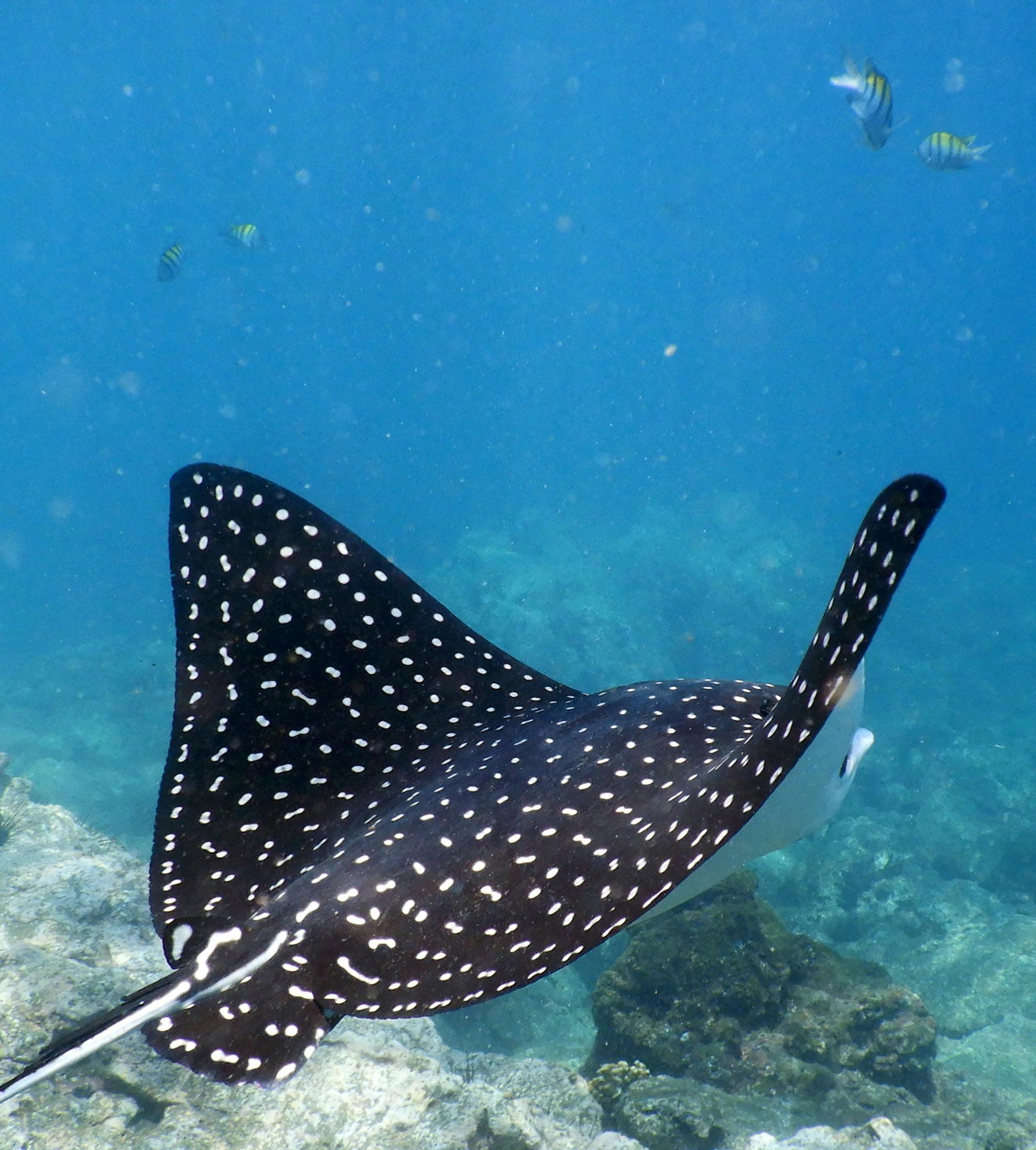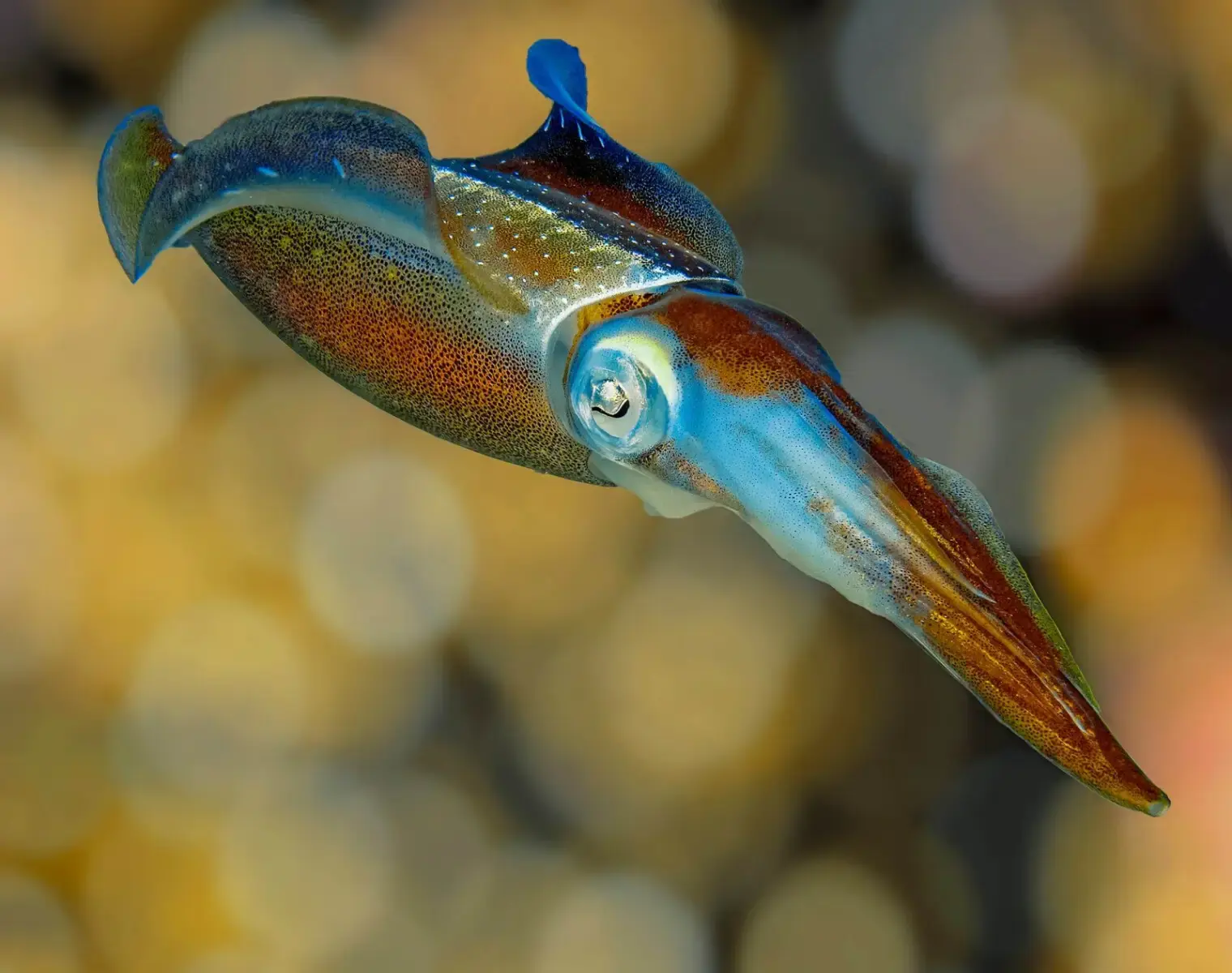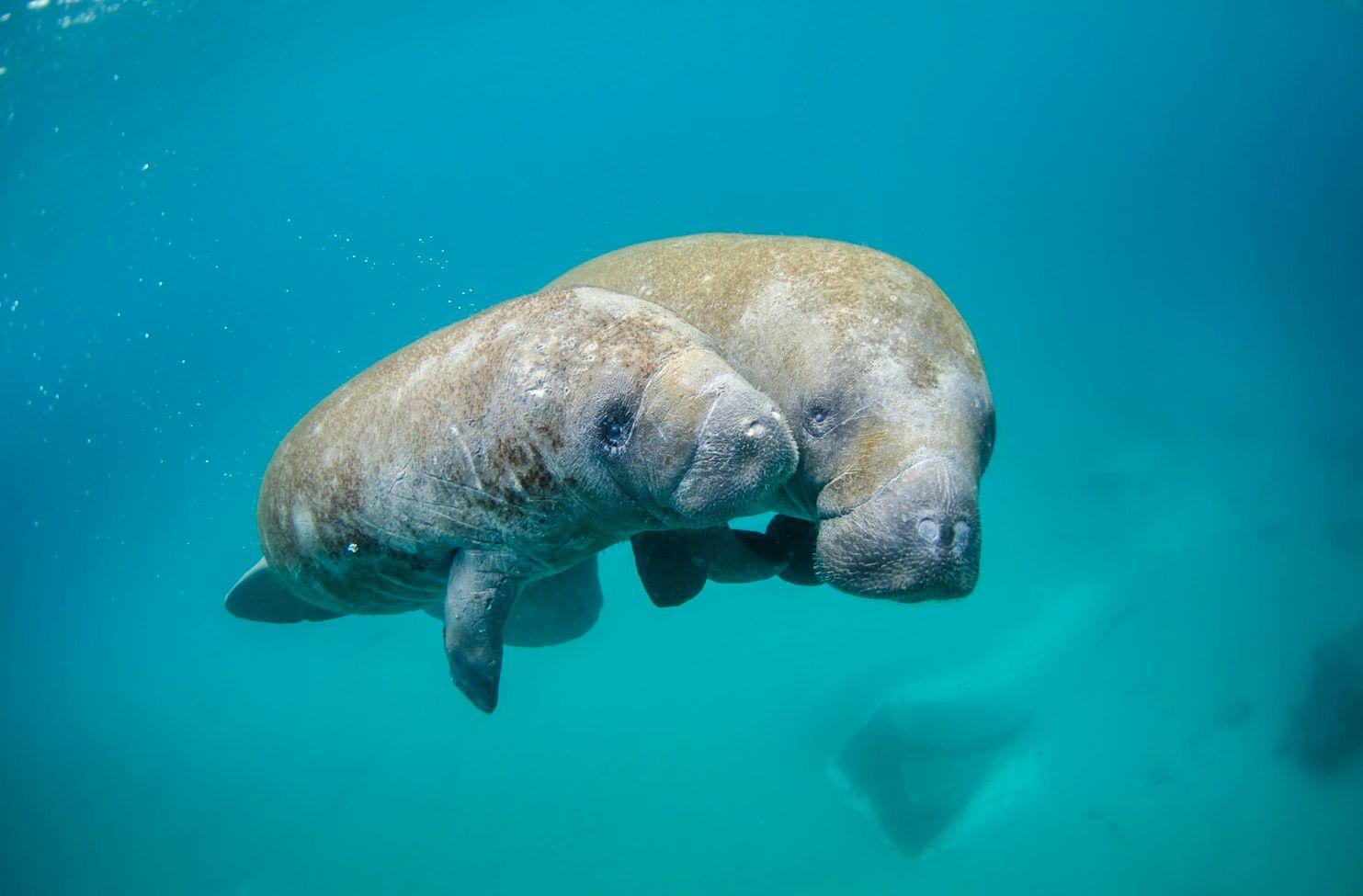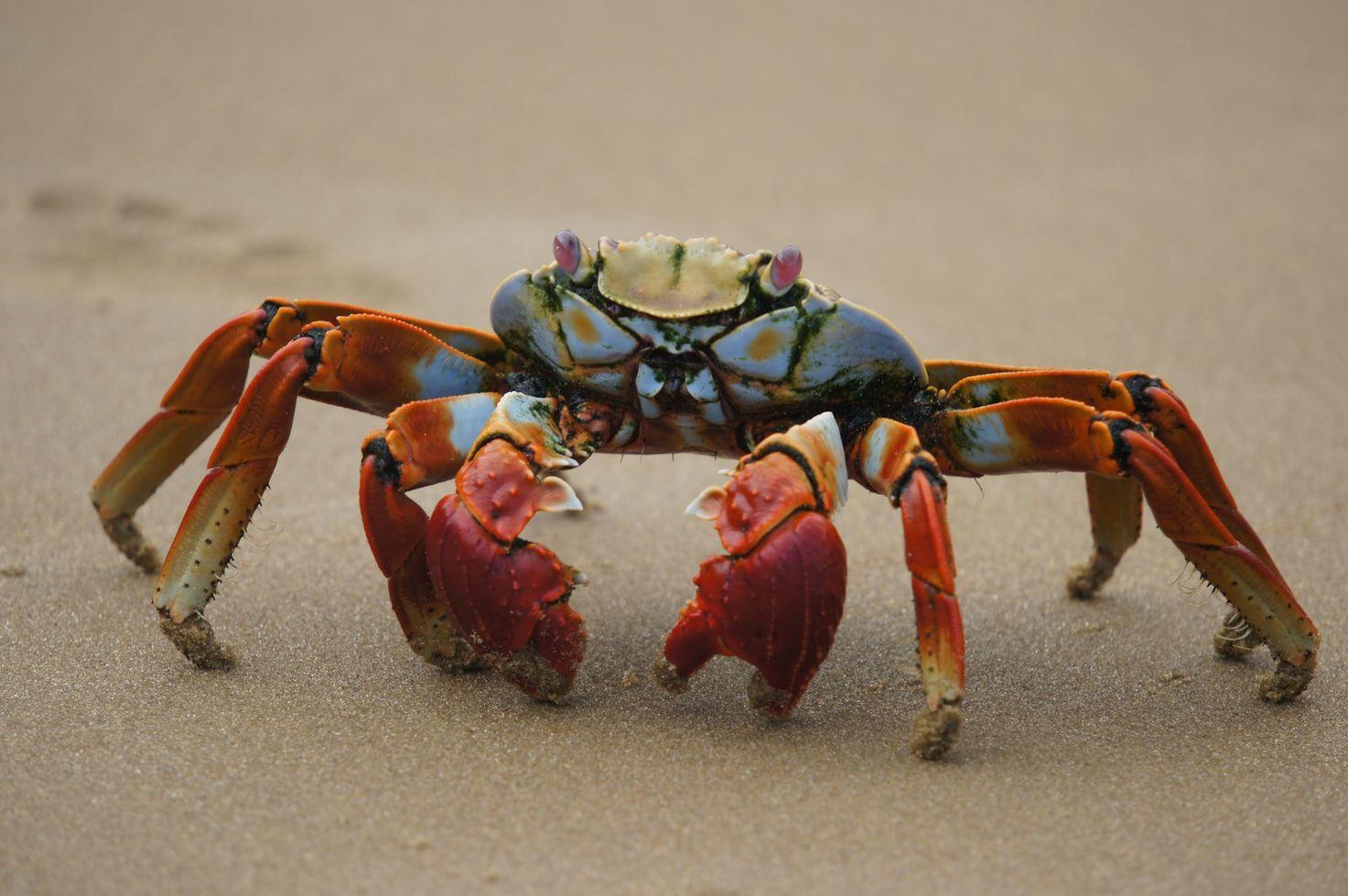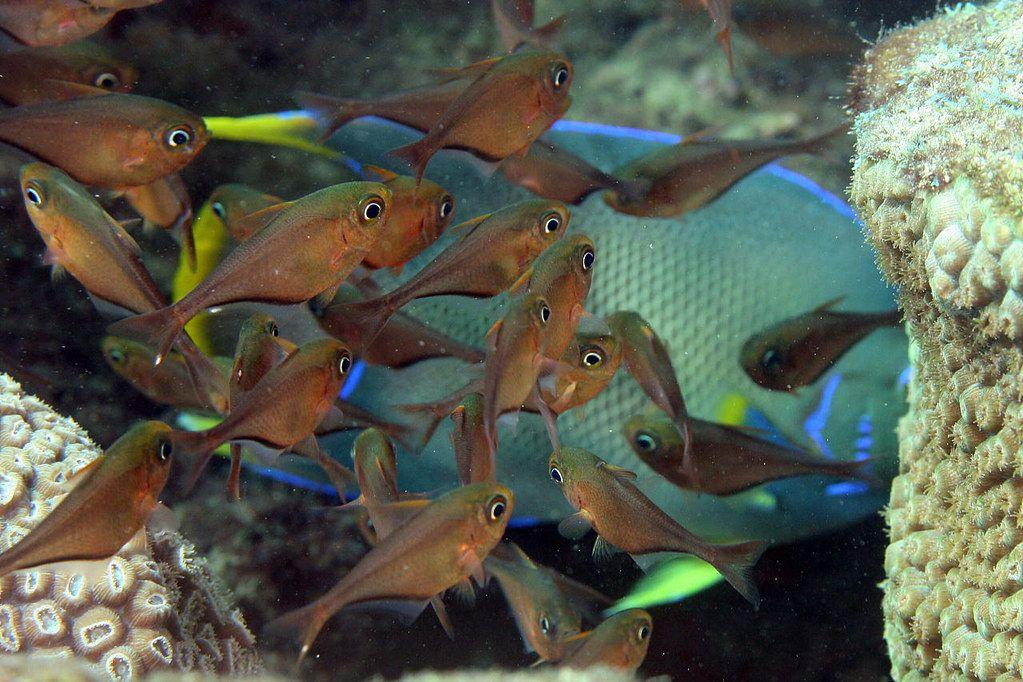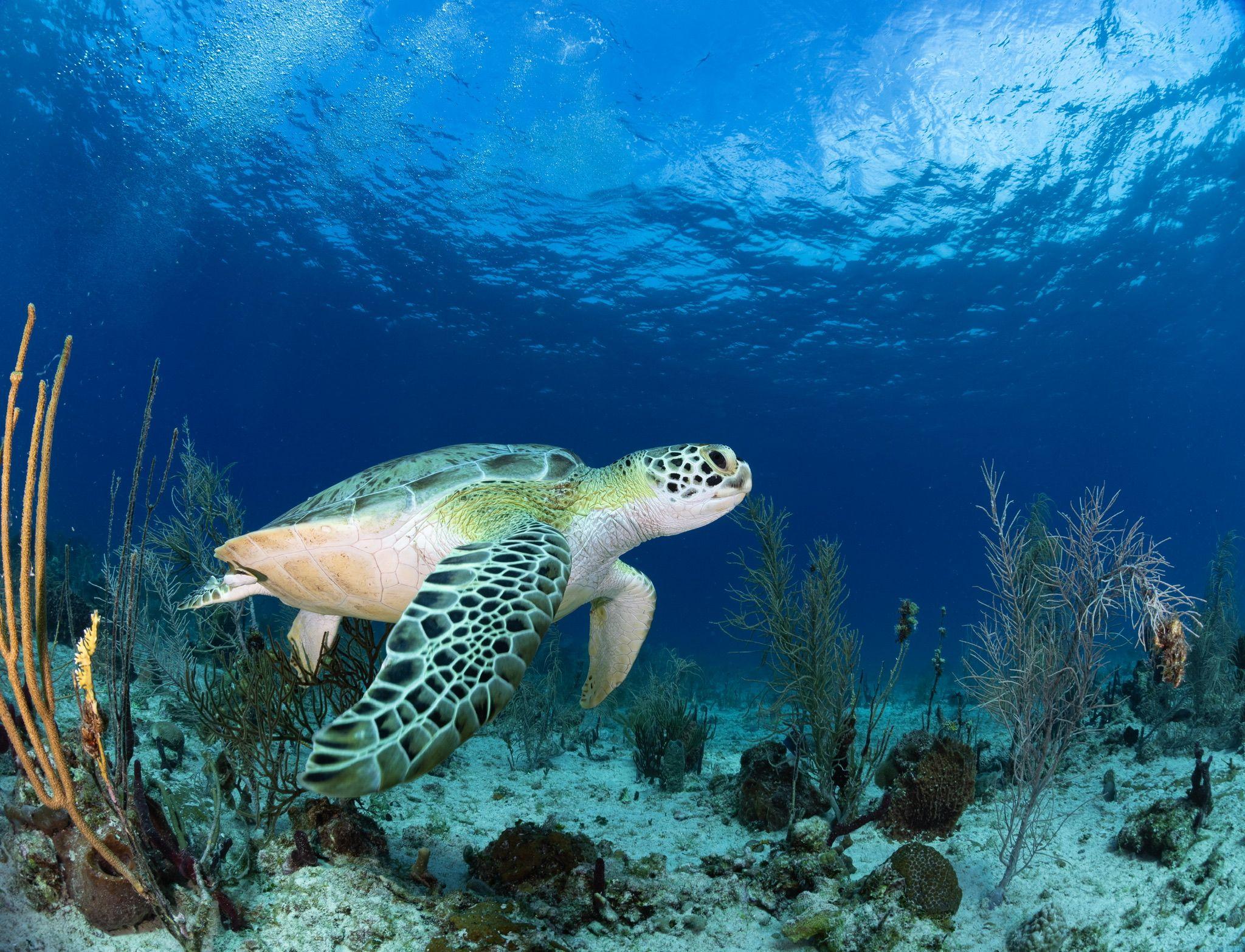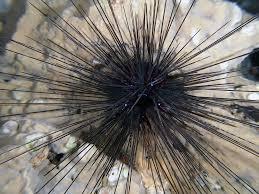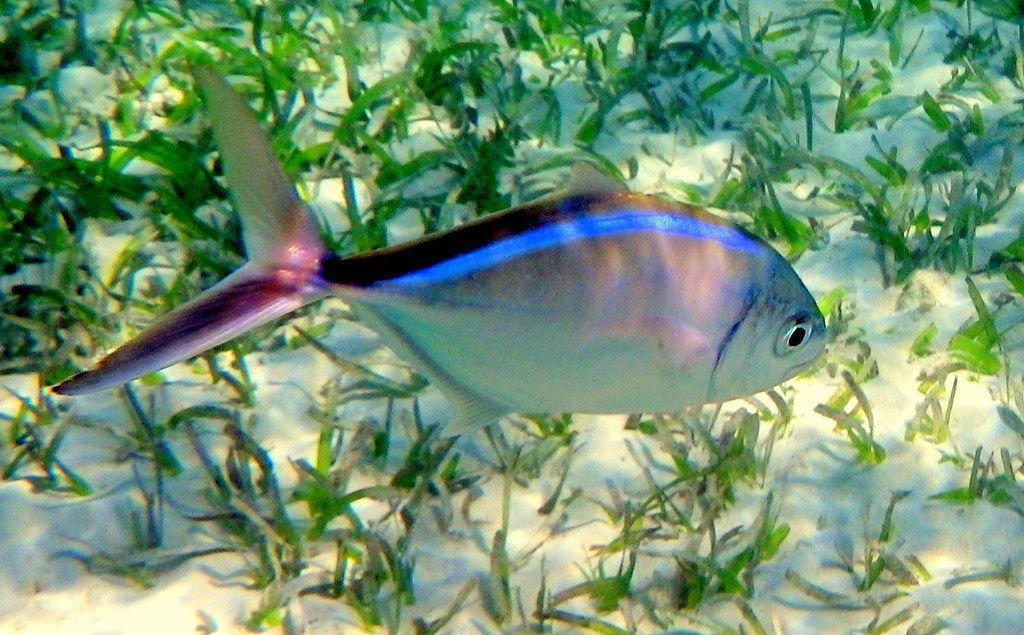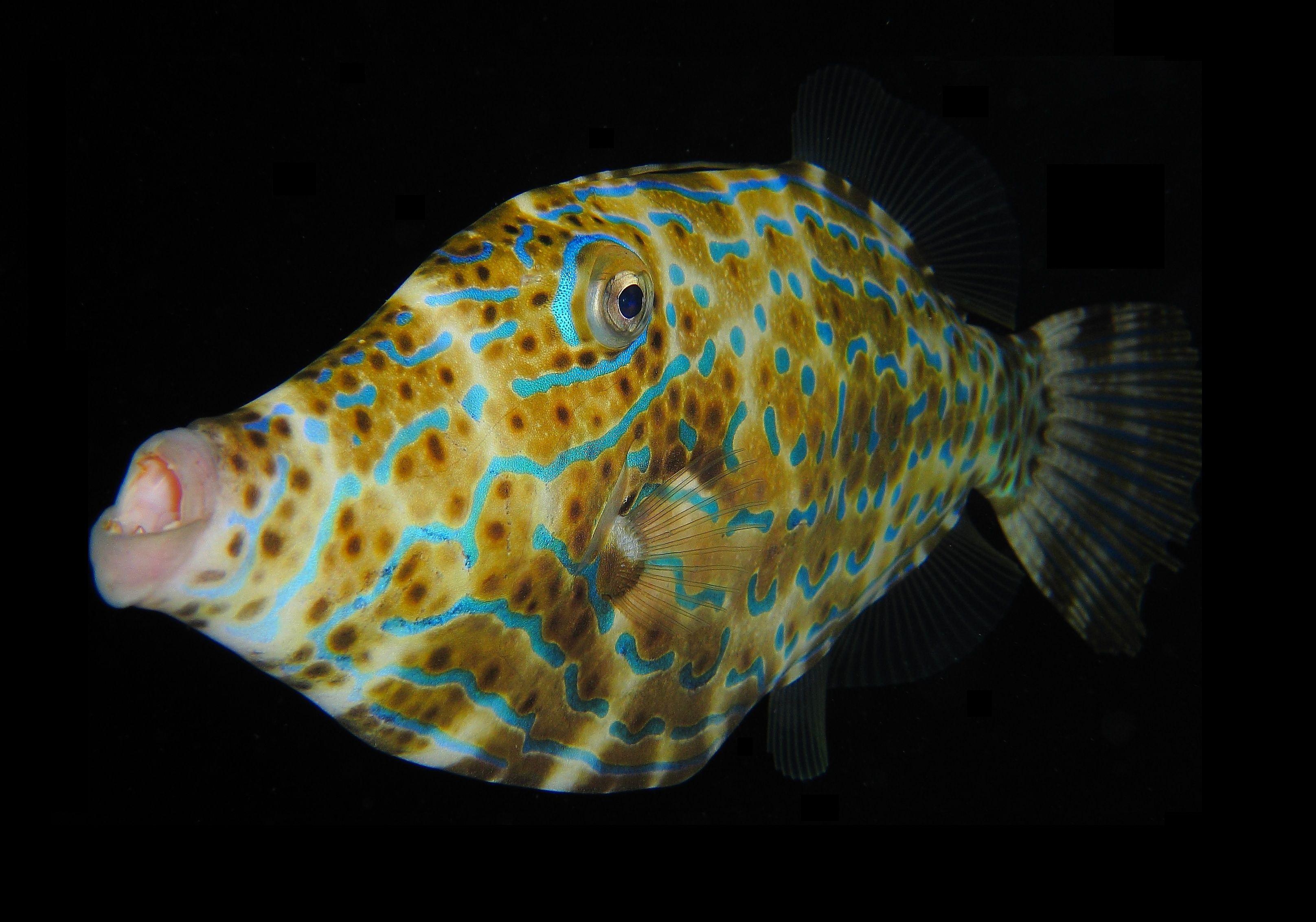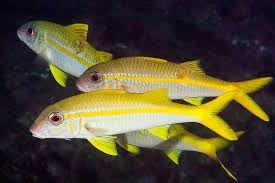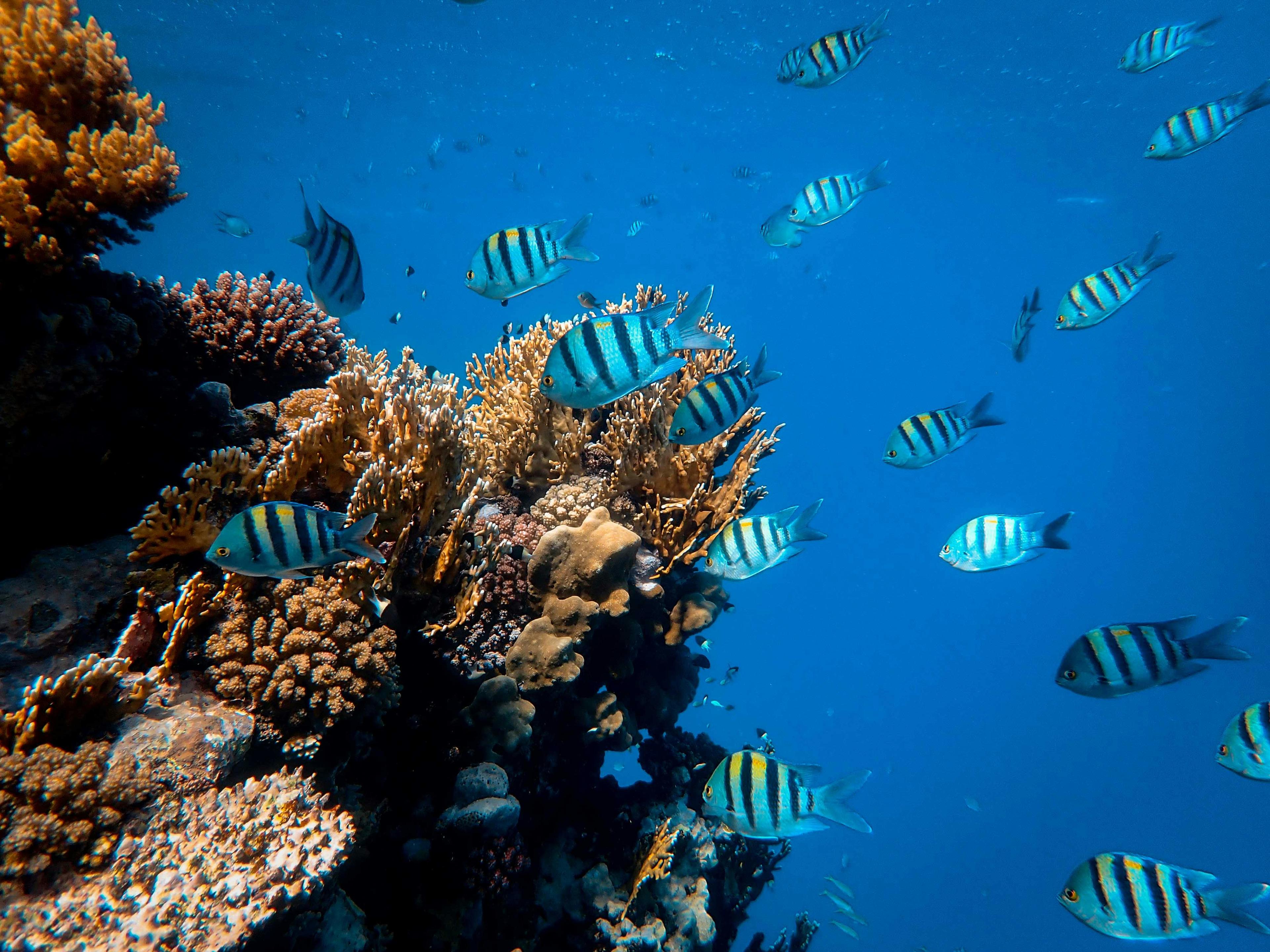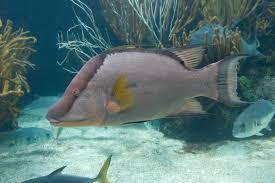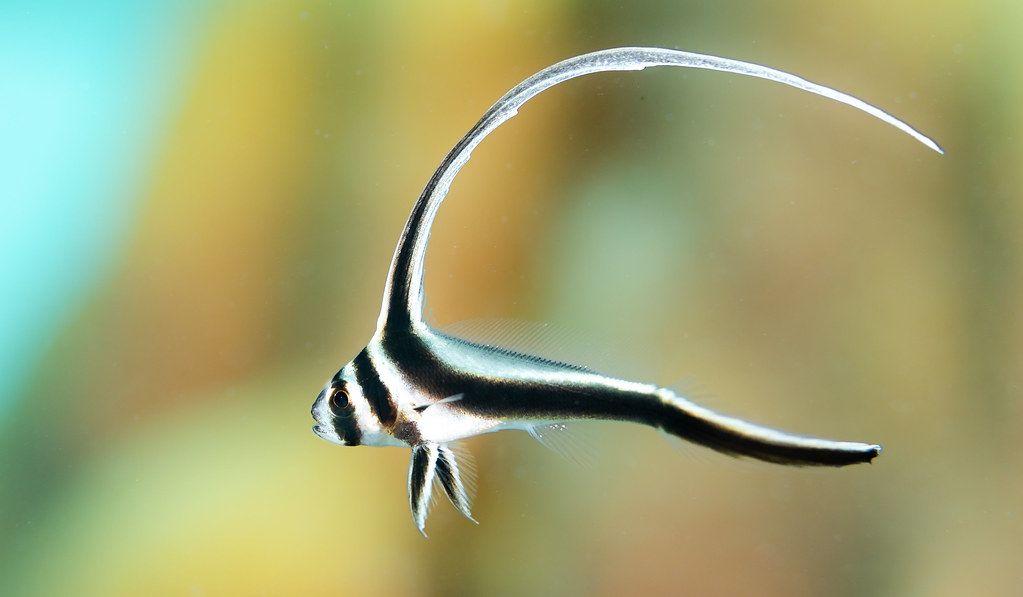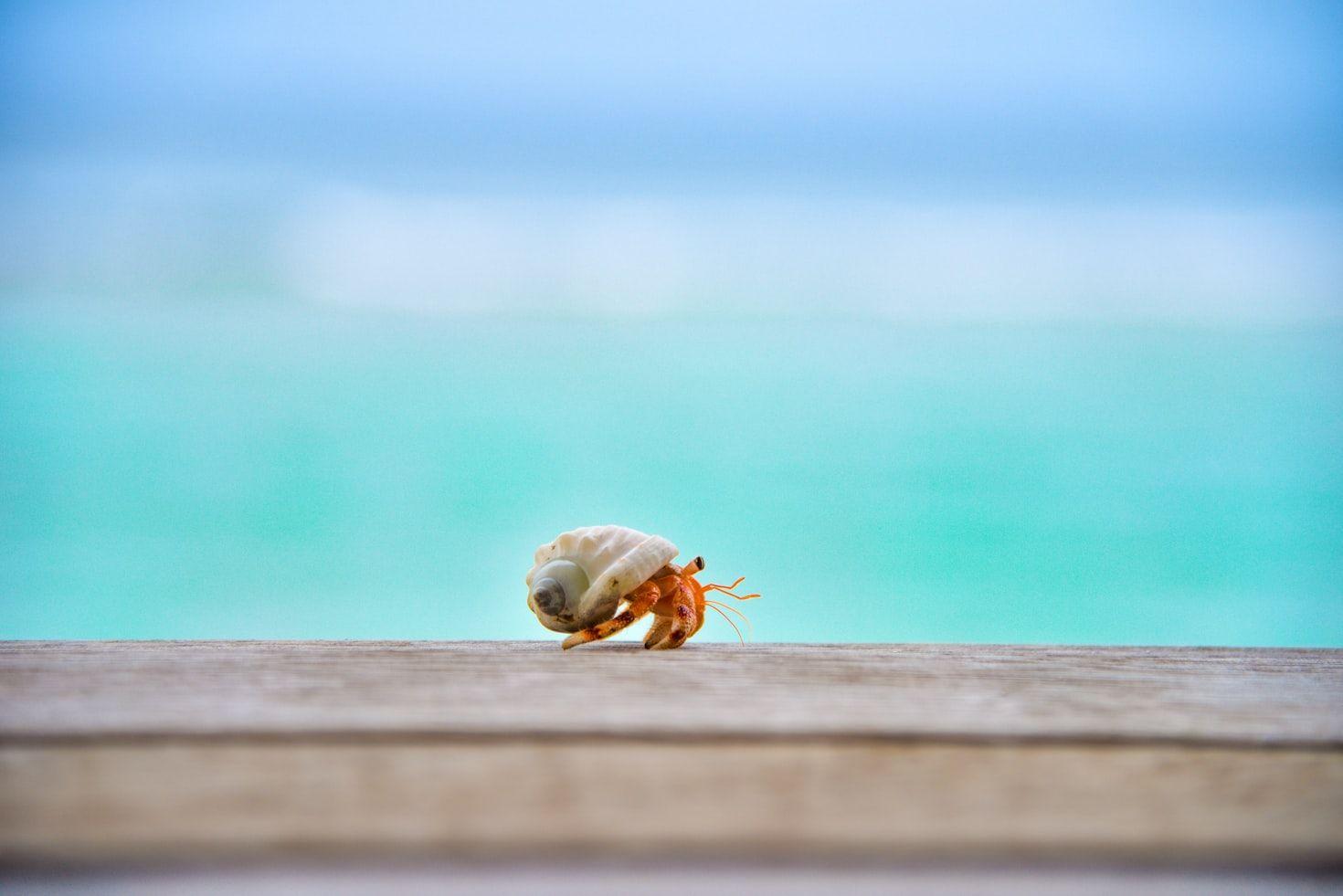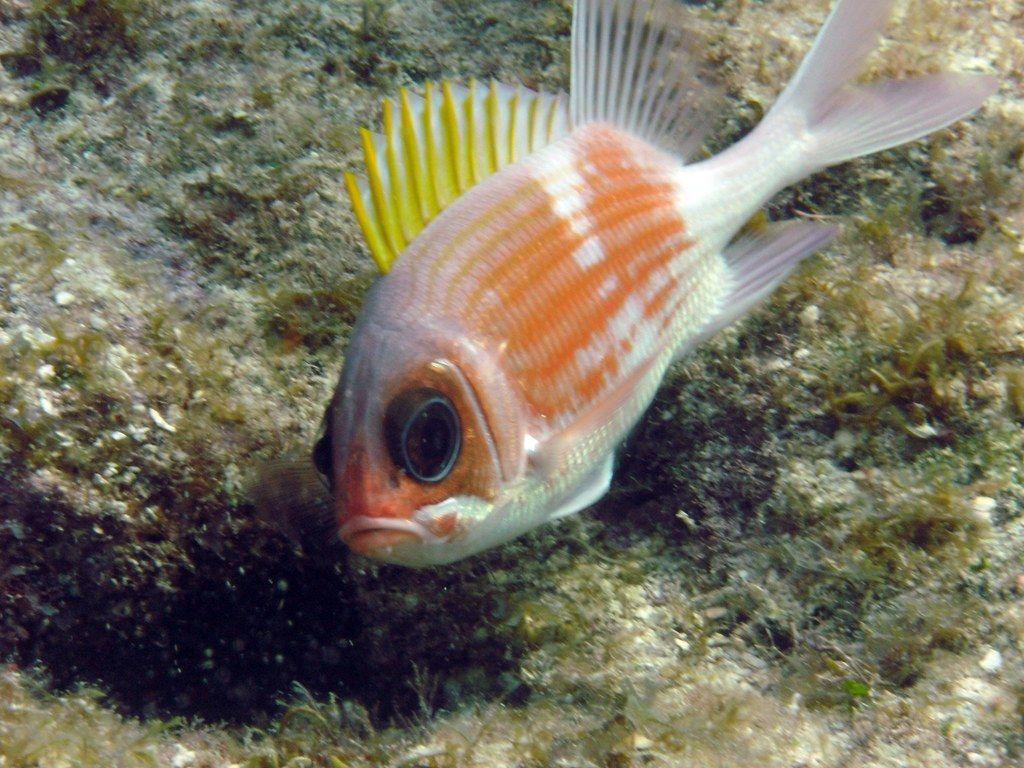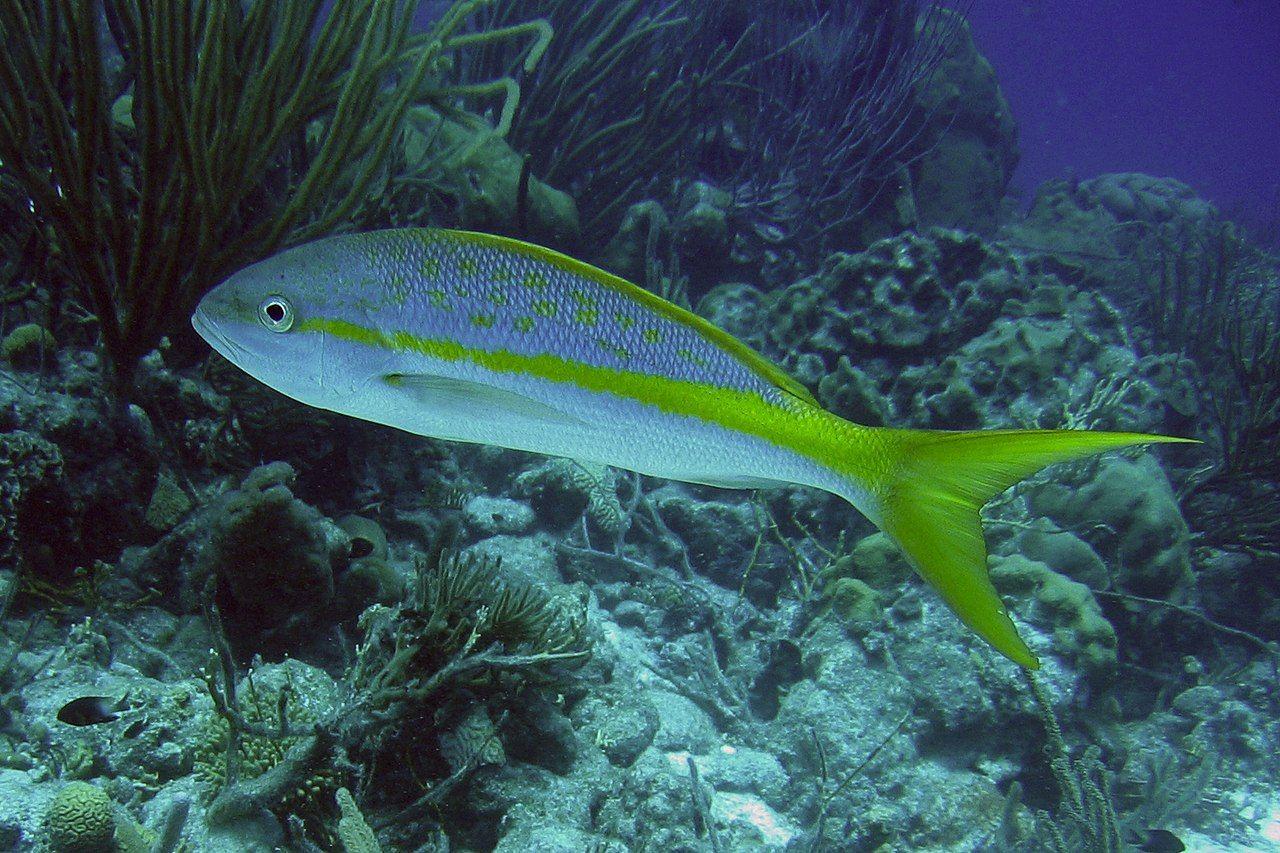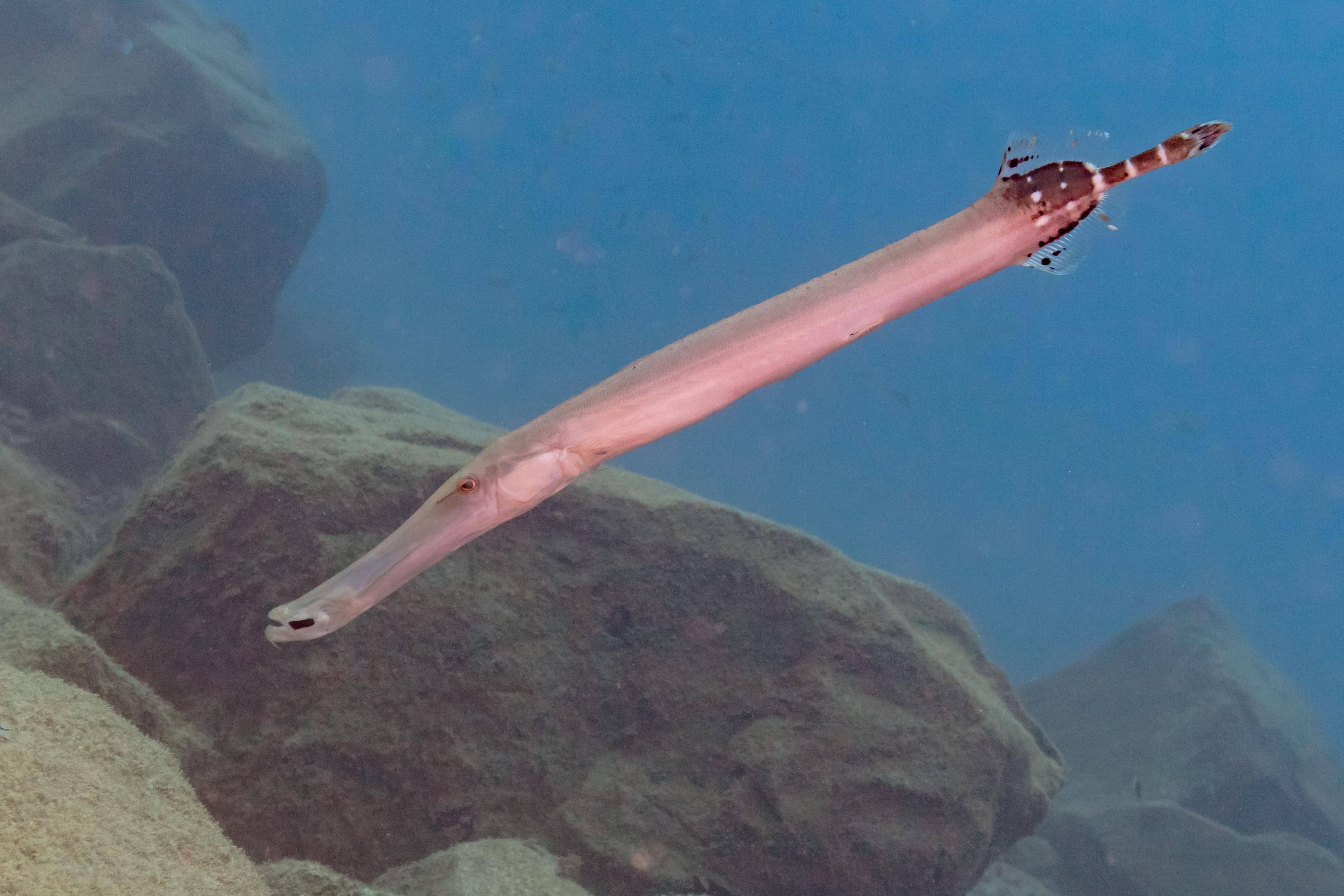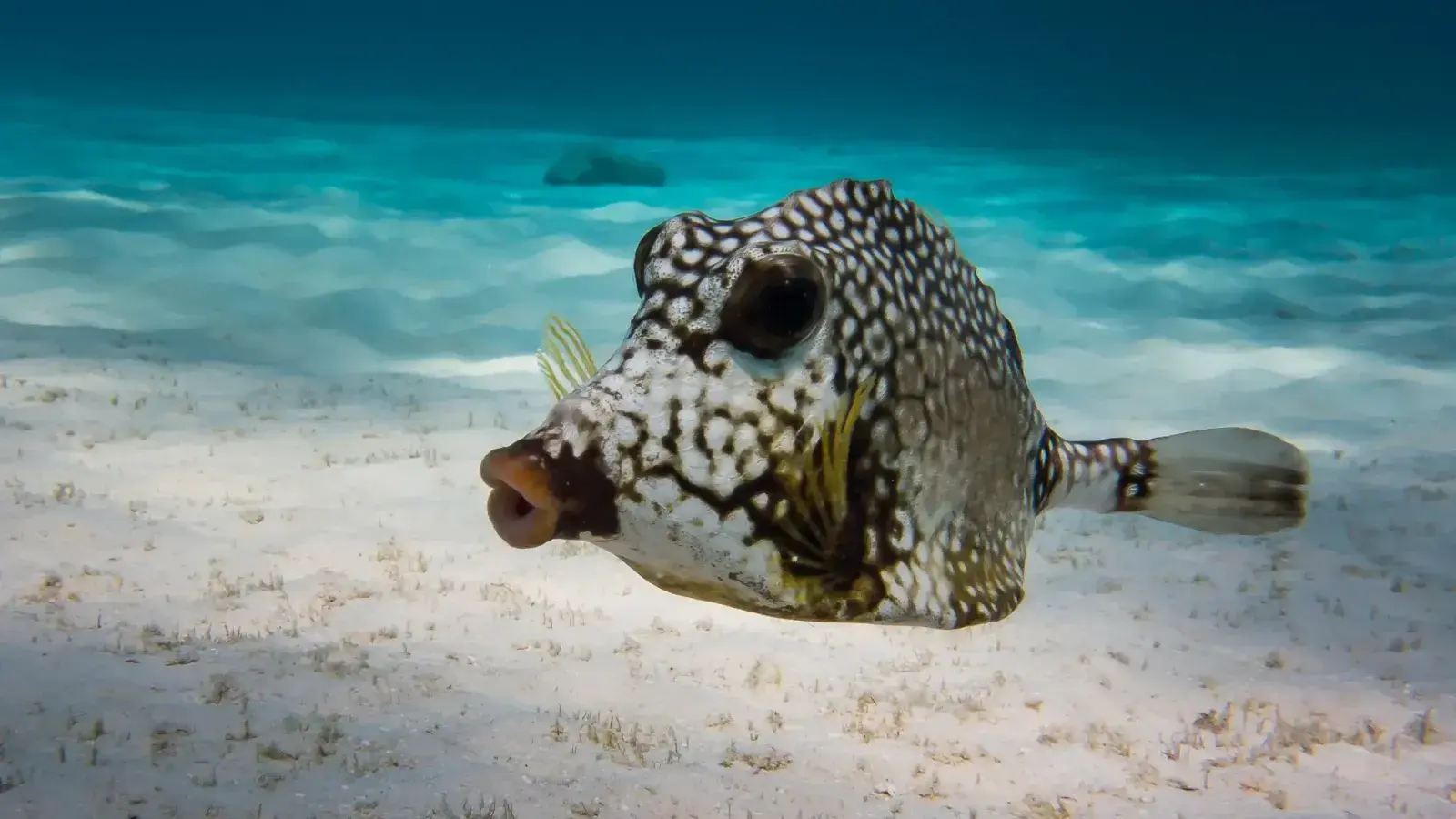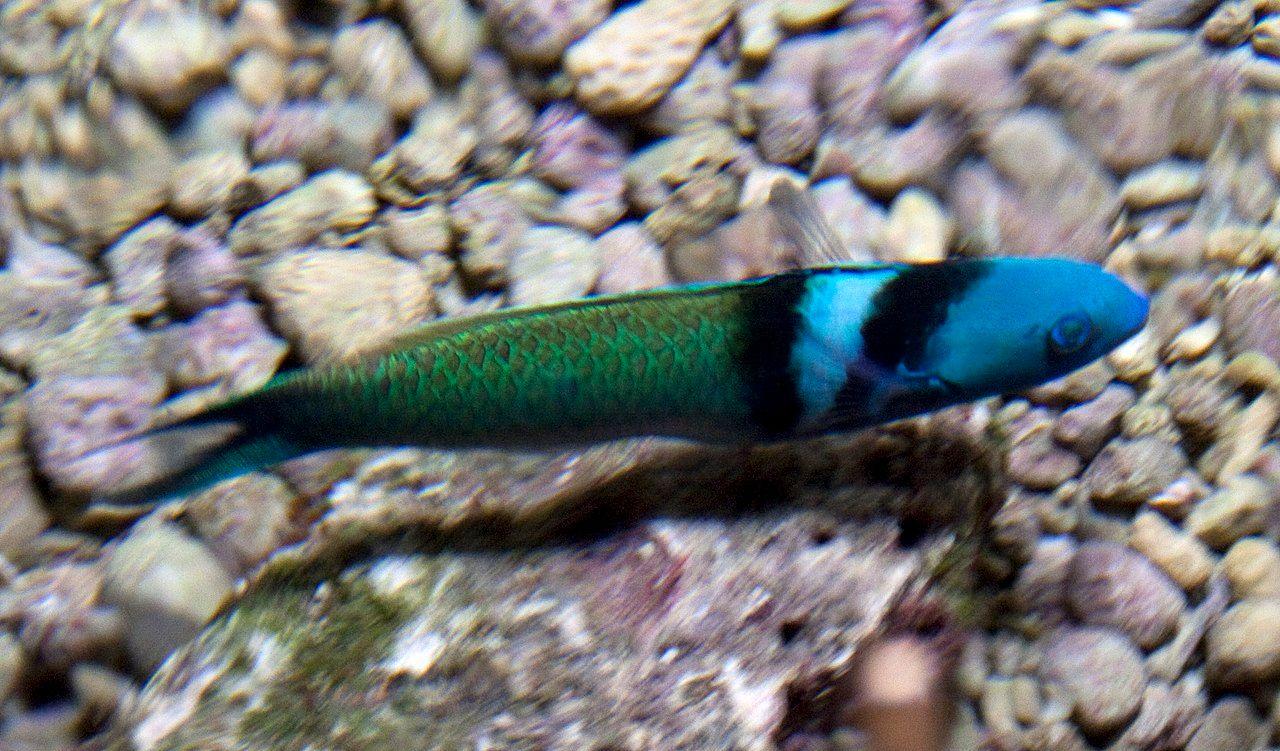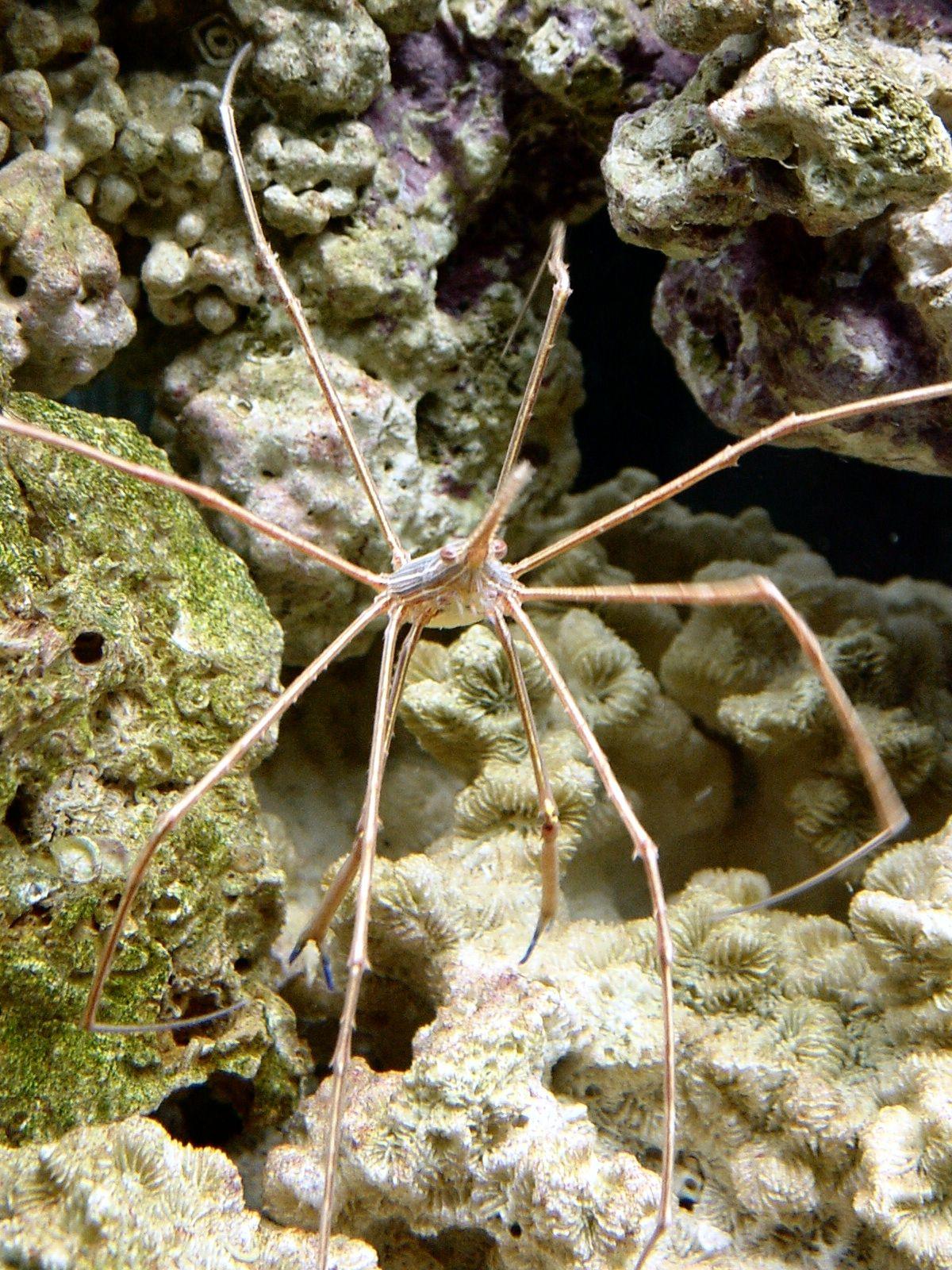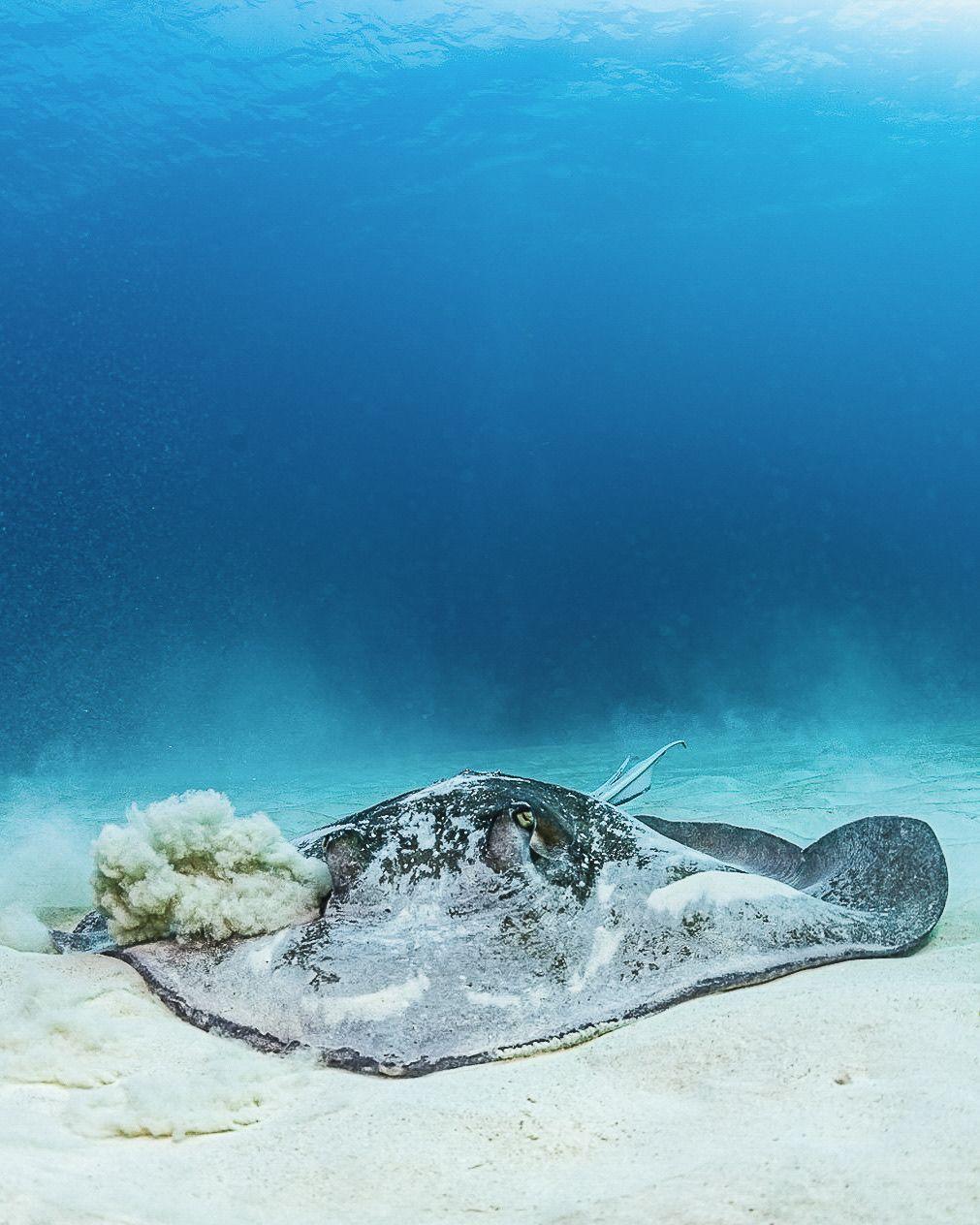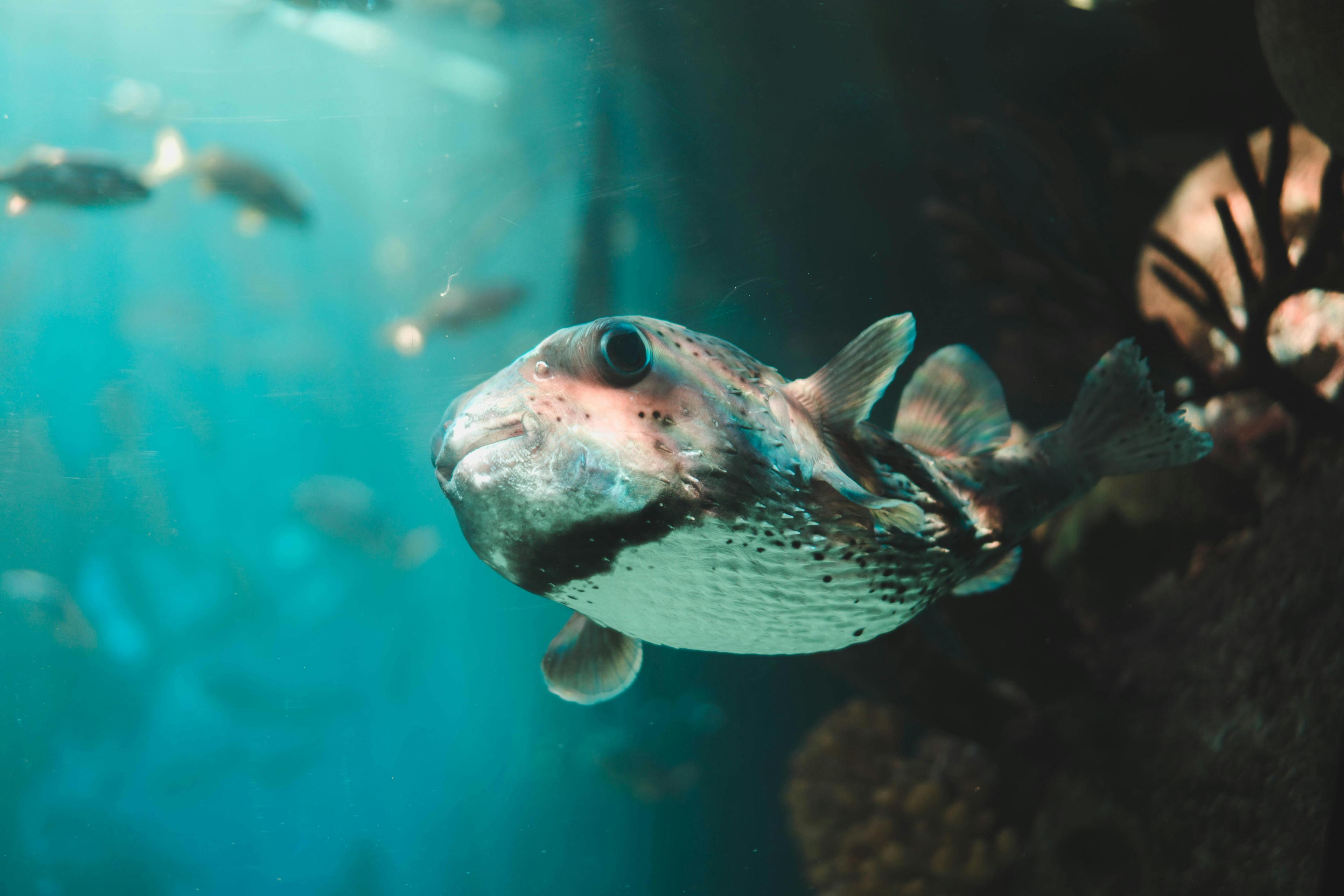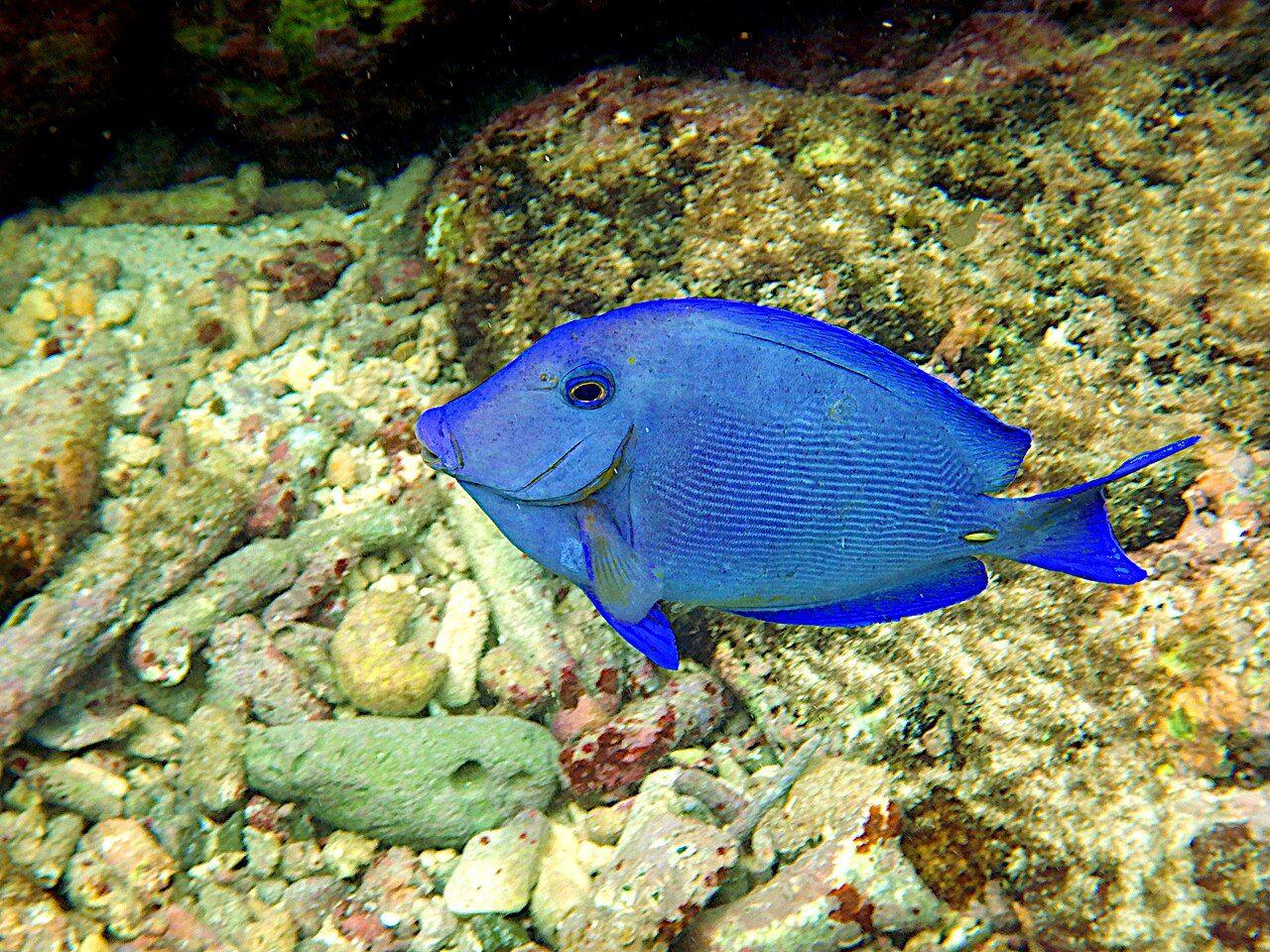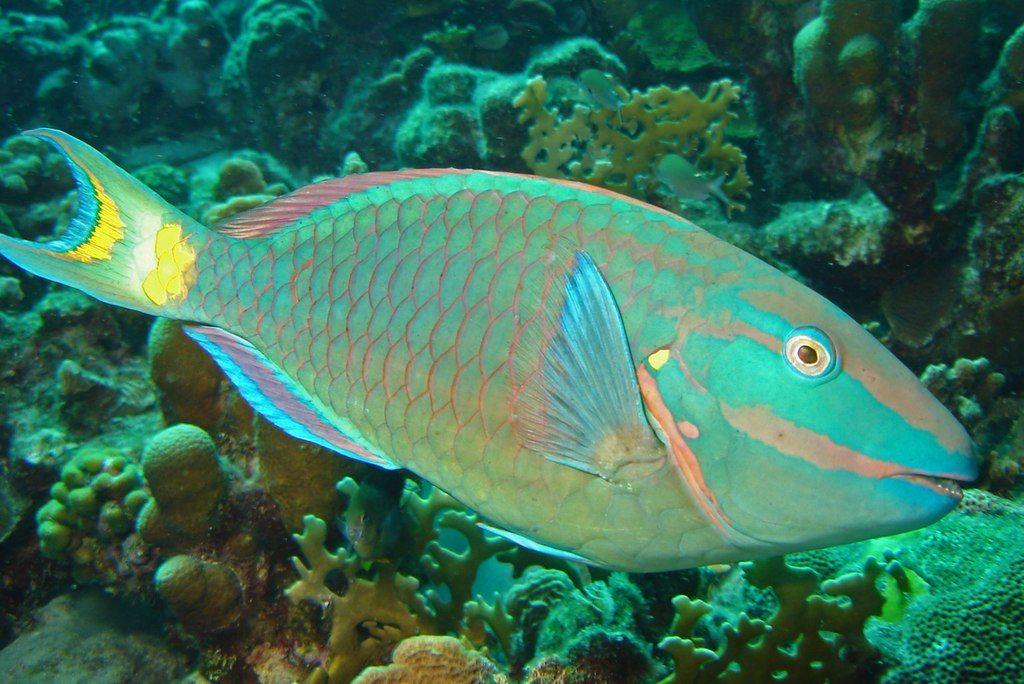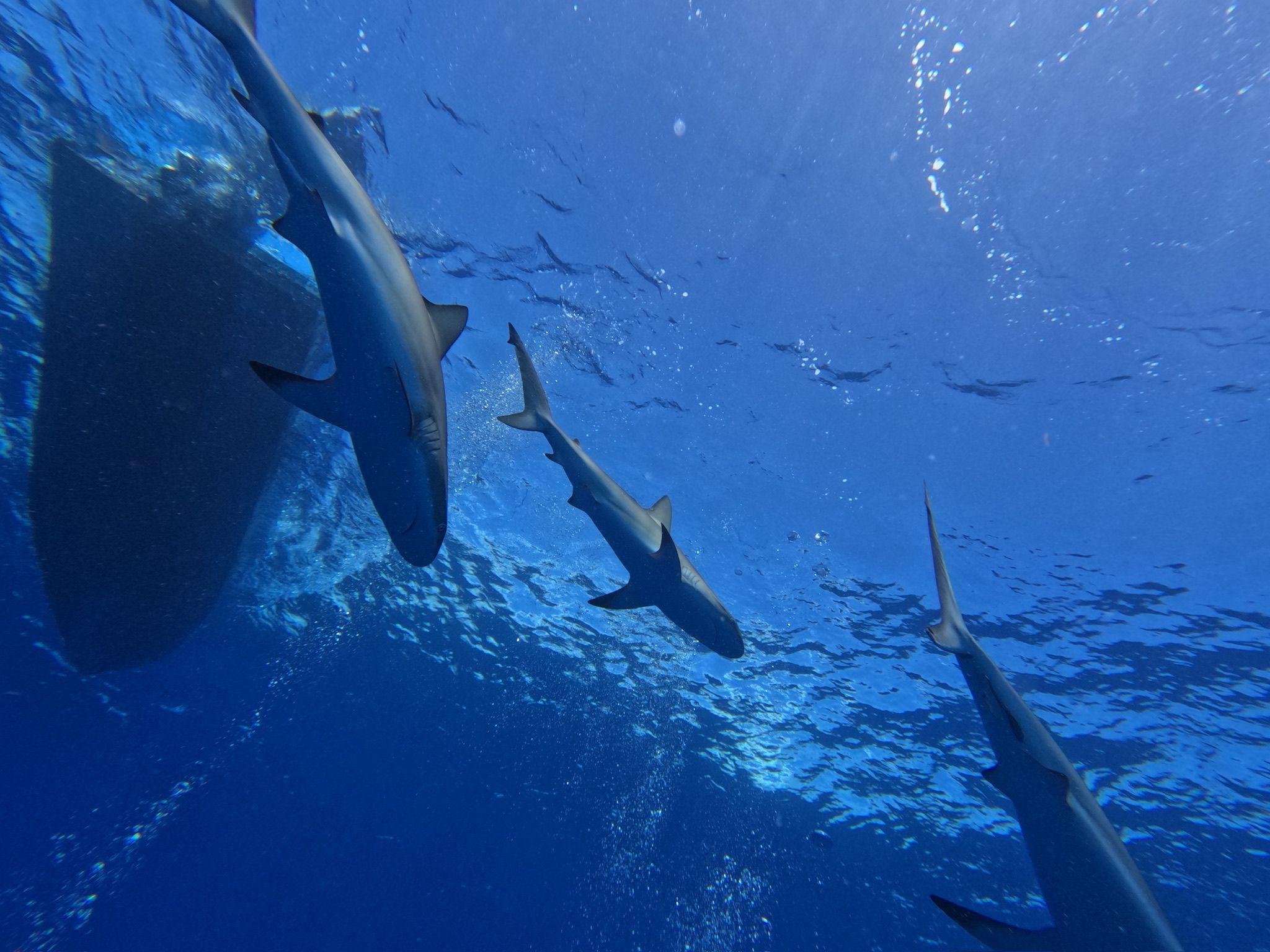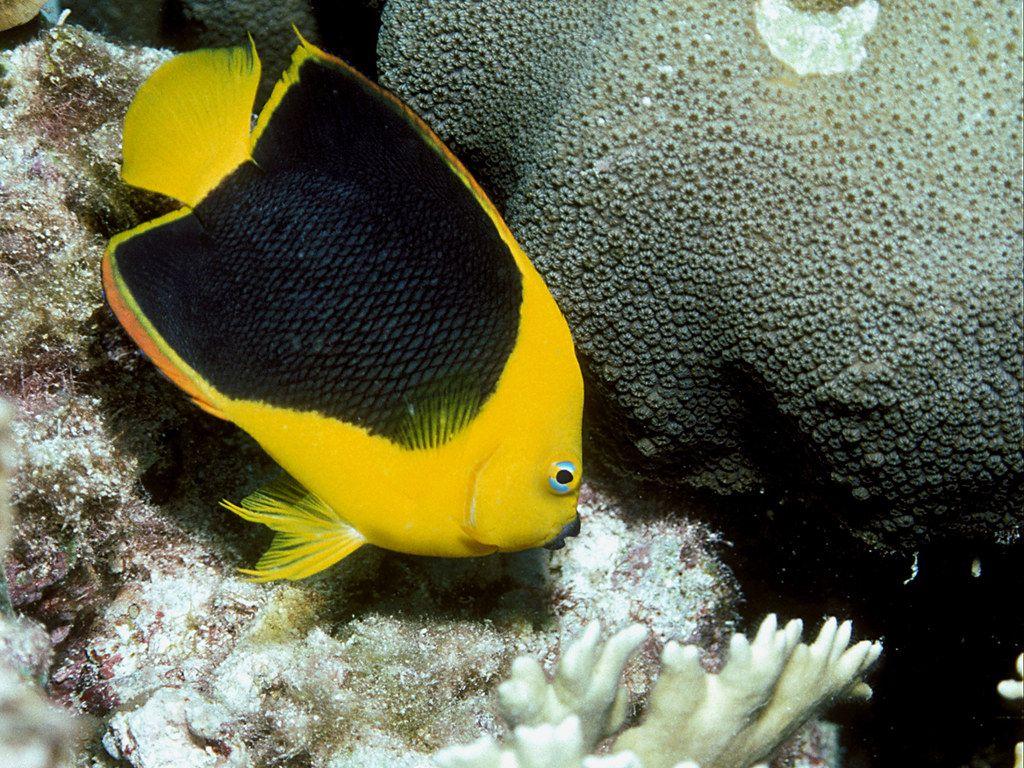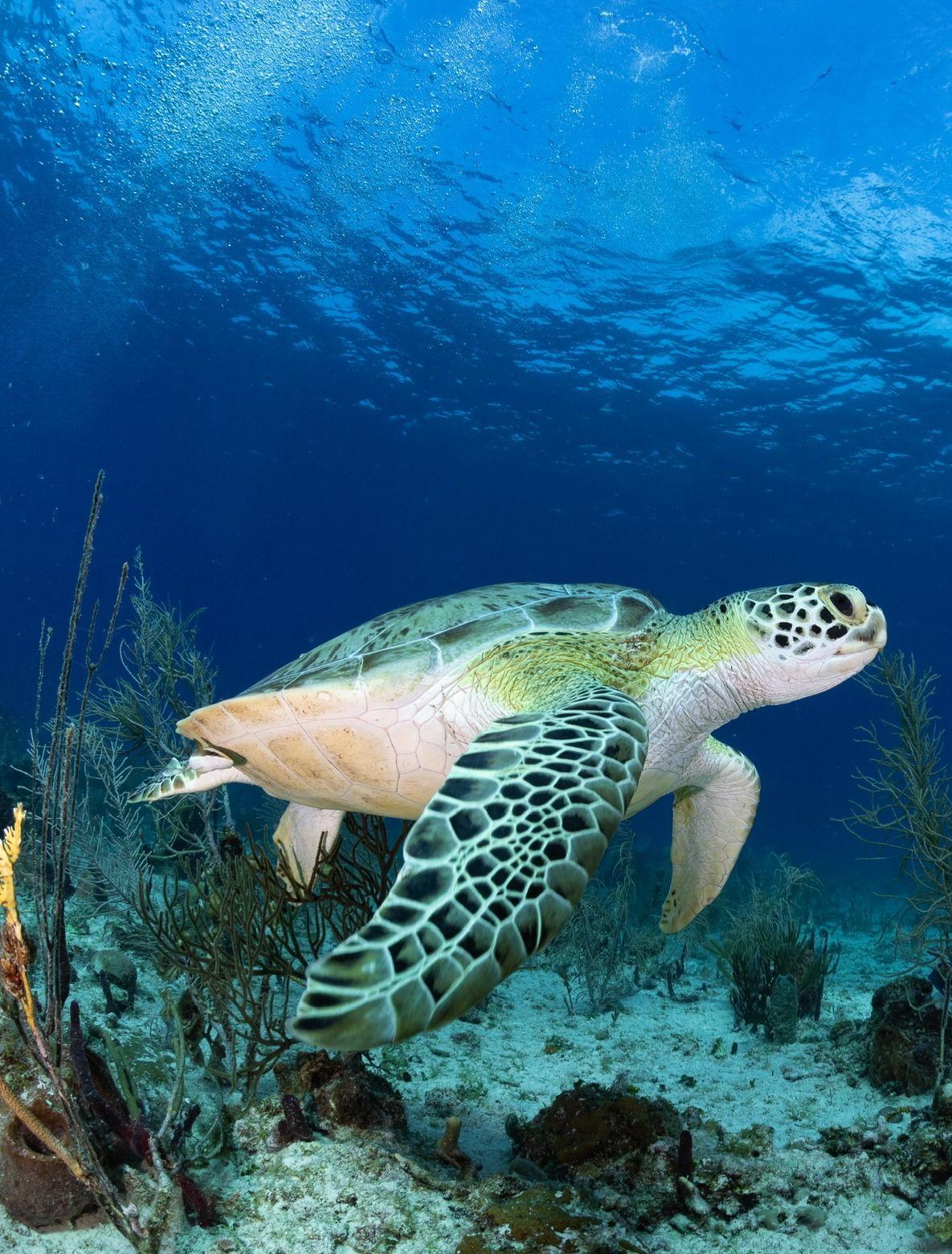
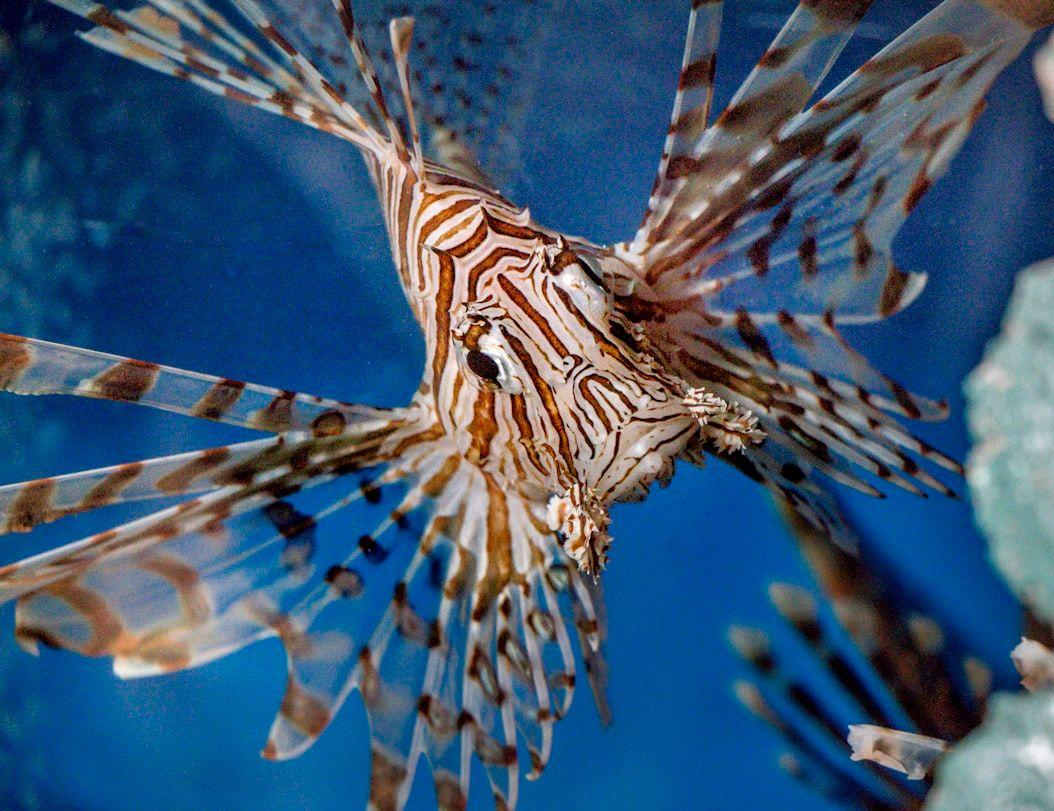
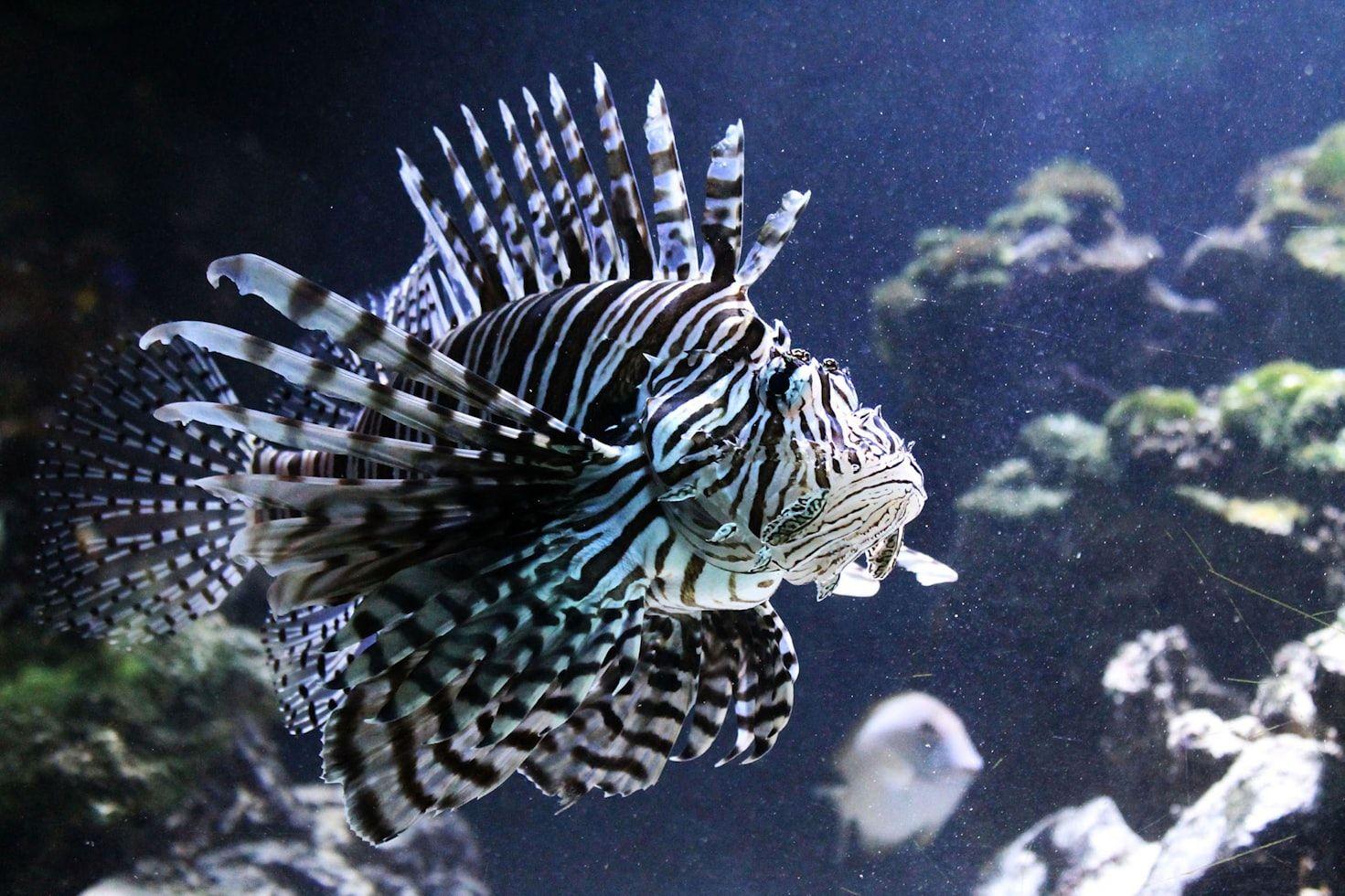
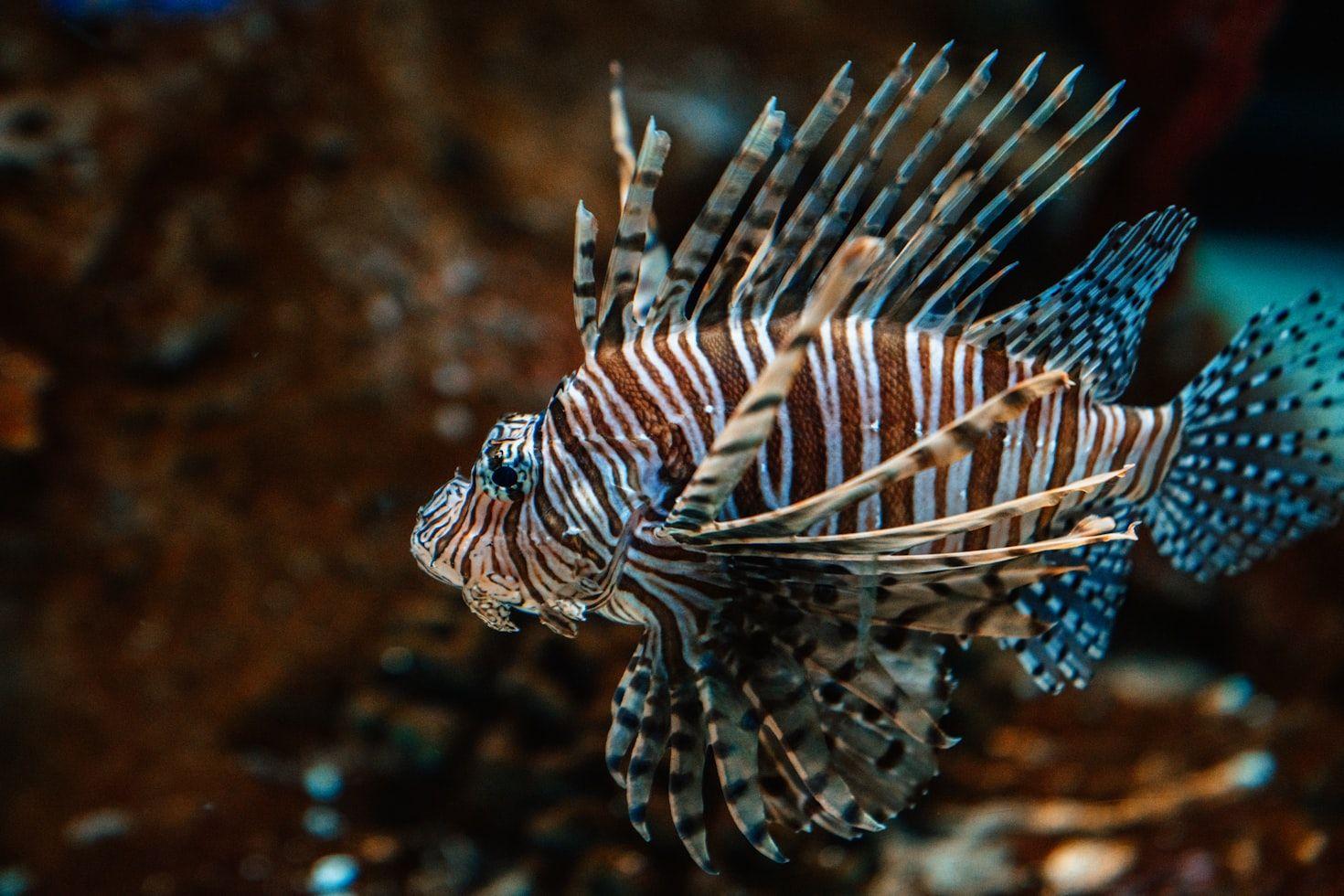
🦁 The Striking and Invasive Lionfish of Punta Cana
With its flowing fins, bold stripes, and elegant appearance, the lionfish might be one of the most beautiful fish you’ll encounter while diving in Punta Cana. But behind its beauty lies a surprising truth — lionfish are an invasive species in the Caribbean, with a major impact on local marine ecosystems.Let’s dive into why you’ll likely see lionfish in the Dominican Republic and what makes them both fascinating and concerning.
🌍 Where Lionfish Come From
Lionfish are native to the Indo-Pacific, but they were introduced to Atlantic and Caribbean waters in the 1980s — likely through the aquarium trade. With no natural predators in these new environments, they’ve rapidly spread through reefs from the U.S. East Coast to South America, including the Dominican Republic.
🐟 How to Identify a Lionfish
Lionfish are unmistakable thanks to their:
- Long, fan-like pectoral fins
- White and reddish-brown vertical stripes
- Venomous spines along their dorsal and anal fins
- Slow, deliberate swimming style that makes them easy to spot
While their appearance is dazzling, it’s important to give them space — their spines can cause painful stings to divers who get too close.
⚠️ Why Lionfish Are a Problem in the Caribbean
As a non-native species, lionfish have become highly invasive. Here’s why:
- They eat large quantities of native fish, including juvenile species important for reef health
- They reproduce quickly — a single female can lay over 2 million eggs per year
- Local predators like sharks and groupers don’t naturally recognize them as prey
As a result, lionfish can devastate fish populations and unbalance the entire reef ecosystem.
🛡️ What Is Being Done About It?
Many Caribbean dive centers — including us at Grand Bay of the Sea — support lionfish control efforts:
- Lionfish hunting dives are sometimes organized to help reduce populations
- Local chefs are turning lionfish into a delicacy, encouraging sustainable removal
- Education campaigns are spreading awareness among divers and snorkelers
When prepared correctly, lionfish is safe to eat, delicious, and even considered a gourmet dish in many coastal restaurants.
🐠 What to Do If You See a Lionfish
If you spot a lionfish while diving in Punta Cana:
- Don’t attempt to touch or chase it
- Inform your dive guide after the dive so it can be logged or potentially removed
- Take a moment to appreciate its beauty — and understand the balance between admiration and responsibility
🌊 Final Thought
The lionfish is a perfect example of how even the most stunning creatures can have unexpected consequences in the wrong environment. At Grand Bay of the Sea, we’re passionate about marine education — and that includes understanding invasive species and their impact.By diving responsibly and learning about what we see underwater, we help protect Punta Cana’s reefs for the future.
